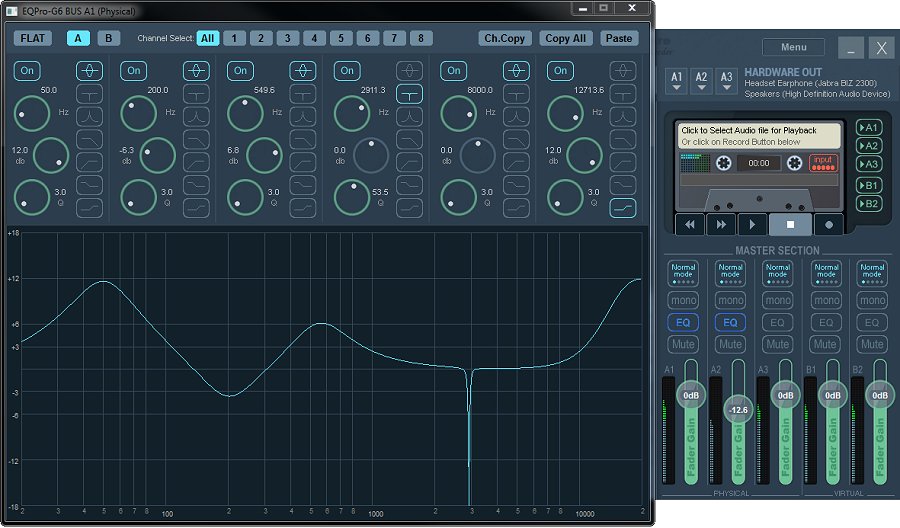


VAC delivers audio signals completely inside the computer. From the recording endpoint, each app gets its own copy of the sound.

Sounds directed to the same playback endpoint are mixed. Actual device/endpoint names that you will see in applications’ windows, are different (for example, “Line 1”, “Line 2” etc.).Įach side of any Virtual Cable can be used by several apps at the same time. The “Virtual Cable” term is used only in VAC description, as a placeholder. Such virtual devices are named Virtual Cables. But if another application records from the input, it receives the sound produced by the first app. If an application plays audio to the output, the sound will not be audible because the signal is looped back to the input. Each device simulates an audio adapter (card) whose output is internally connected to the input, making a loopback. VAC creates a set of virtual audio devices. Virtual Audio Cable (VAC) is an audio bridge between applications that transmits sounds (audio streams) from app to app, from device to device.


 0 kommentar(er)
0 kommentar(er)
